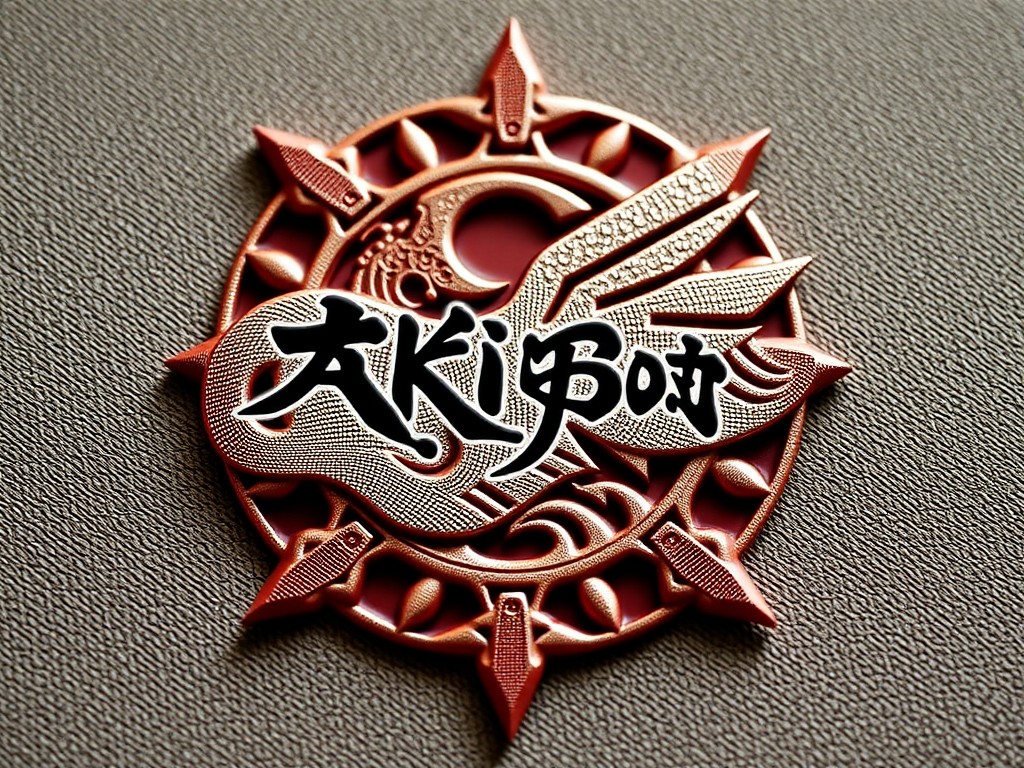Understanding Adaptive Cruise Control
Adaptive Cruise Control (ACC) is a modern driving enhancement designed to improve both safety and convenience on the road. Unlike the traditional cruise control systems where the driver has to manually adjust speed, ACC uses advanced technology to automatically maintain a safe following distance from the vehicle ahead. It adjusts the car’s speed in real-time, which is particularly beneficial in stop-and-go traffic situations.
Benefits of Upgrading to Adaptive Cruise Control:
Also read : Is It Possible to Add a Rear Parking Assist System to Your 2010 Ford Explorer?
- Enhanced Safety: By monitoring the road and surroundings, ACC reduces the risk of collisions. It can react faster than a human to sudden changes in traffic flow.
- Driver Comfort: This technology allows drivers to enjoy long distance travel with reduced stress, as it takes over routine speed adjustments.
- Fuel Efficiency: ACC optimizes fuel consumption by maintaining a steady speed, eliminating unnecessary acceleration and braking.
In terms of comparison, standard cruise control merely maintains a fixed speed set by the driver, which requires continuous attention and manual adjustments for any changes in traffic conditions. In contrast, adaptive systems continuously adapt to the road environment, providing a more intuitive and safer driving experience. ACC represents a significant advancement in driving technology, exemplifying how technology benefits both driver comfort and safety.
Compatibility of Ford Edge with Adaptive Cruise Control
In determining the Ford Edge compatibility with adaptive cruise control, it’s essential to conduct a thorough vehicle assessment. Not all Ford Edge models are equipped with the necessary hardware to support this advanced feature. Generally, the more recent models, particularly from 2015 onwards, have a higher likelihood of being compatible or already equipped with adaptive cruise control systems.
Also read : Boost Your Mini Cooper”s Aerodynamics: A Guide to Optimizing with a Front Canard Setup
Vehicle assessment begins by checking the specific model year and trim level of your Ford Edge. Different batches and trims have varying levels of technological features integrated, which directly affects the upgrade potential. To precisely assess compatibility, examine the vehicle’s existing systems. For instance, look for pre-installed sensors or related hardware like radar and cameras, which are crucial for this technology to function effectively.
Consulting consumer reports and manufacturer specifications can provide additional insights into the technological capabilities of different models. These resources can help you understand which systems are pre-installed and what potential upgrades might entail. By focusing on these aspects, you can make an informed decision on whether equipping your Ford Edge with adaptive cruise control is feasible and practical. This proactive approach ensures that you maximize the safety and convenience features of your vehicle.
Aftermarket Options for Adaptive Cruise Control
Exploring aftermarket cruise control options can be a practical solution for those seeking enhanced driving safety and comfort. Ensuring compatibility with your vehicle is crucial. Popular product recommendations include systems from brands like Rostra and Brandmotion. These brands are recognized for their reliable systems and ease of integration, featuring sophisticated sensors and adjustable distance settings.
When comparing feature comparisons, several aspects stand out. Look for systems with user-friendly interfaces, features like automatic braking, and advanced sensor technologies that adapt to diverse driving environments. These systems can range in complexity, some offering seamless integration with existing vehicle electronics while others may require a more detailed setup.
Consumer reviews provide valuable insights, highlighting the practicality and reliability of aftermarket systems. Many users report improved driving experiences with enhanced safety and comfort. Products often praised include those with robust sensor technology and straightforward installation.
In considering aftermarket cruise control, weigh the features and consumer feedback. Selecting a system that aligns with your driving habits and vehicle specifications ensures optimal performance. Feature comparisons between systems not only guide your purchase but also ensure the choice enhances your driving experience, all while maintaining safety and ease of use.
Installation Procedures for Adaptive Cruise Control
Installing Adaptive Cruise Control (ACC) involves careful consideration, whether you choose the DIY approach or seek professional installation services. Here’s a detailed look at what each option entails.
For those opting to DIY the installation process, a step-by-step guide is crucial. Begin by referring to your vehicle’s manual to understand the compatibility requirements. Gather all necessary tools, typically including screwdrivers, wiring kits, and specific sensors. The next steps involve connecting the ACC system to your vehicle’s existing cruise control infrastructure, ensuring all wires are securely fastened, and calibrating the new system.
However, DIY installation comes with risks and challenges. One major risk is the potential for incorrect wiring, which could impede vehicle performance or void warranties. Complex calibration processes often require technical expertise, posing significant challenges for novices.
On the other hand, opting for professional installation services can alleviate these concerns. Professionals not only have the right tools and equipment but are trained to ensure each connection and calibration is precise. This approach guarantees efficiency and maintains your vehicle warranty.
Ultimately, your choice depends on your technical skills, confidence, and desire for peace of mind. Whether DIY or professional, both methods require a thorough understanding of the vehicle’s systems for successful installation.
Cost Estimates for Upgrading
When considering upgrade costs, it’s essential to dive into a detailed pricing breakdown. The expenses associated with upgrades typically encompass both parts and labour. In scenarios where labour takes a significant chunk, parts might remain unchanged but substantial due to other factors. A crucial comparison to make is between aftermarket and factory-installed options. Aftermarket solutions often have the allure of being more cost-efficient initially; however, certain factory-installed options can incorporate a seamless fit that might justify the additional expense.
Examining a detailed breakdown of costs can be helpful:
- Parts: The cost can vary widely based on the model and type of upgrade. Aftermarket alternatives might offer savings, but always compare the potential longevity and reliability benefits of factory options.
- Labour: Skilled technicians can ensure that the upgrade is installed correctly, avoiding costly future repairs.
- Miscellaneous: Taxes, shipping fees, or specialised tools can add to the final bill.
Beyond just immediate costs, there may be financial incentives or rebates available, especially for safety-related upgrades. These can substantially reduce overall upgrade expenditures, offering a noteworthy budgeting advantage. Exploring these thoroughly can unearth unexpected savings. Always ensure these incentives align with your specific upgrade to maximise their value.
Benefits of Upgrading to Adaptive Cruise Control
Adaptive cruise control significantly enhances driving safety by automatically adjusting the vehicle’s speed to maintain a safe distance from the car ahead. This function aids in preventing rear-end collisions, especially in heavy traffic situations, by reducing human error and reaction time. Its proactive approach to maintaining safety is highly valued by drivers who seek assurance on the road.
The introduction of adaptive cruise control also brings about noticeable efficiency improvements. By optimising the vehicle’s speed through constant monitoring, it can lead to better fuel economy. Drivers often report a reduction in fuel consumption, as the smoother acceleration and deceleration help in conserving energy. This efficiency is not only beneficial for the wallet but also contributes positively to environmental concerns.
User experiences highlight another crucial advantage: enhanced driving comfort. The system’s ability to manage speed and distance alleviates the stress associated with long-distance driving, allowing the driver to focus on the journey rather than continuous speed adjustments.
Owners of the Ford Edge, who upgraded to adaptive cruise control, frequently mention the ease and confidence it brings to their driving routines. Many cite improved convenience and safety features, transforming their driving experience into one of greater trust and relaxation.
Conclusion and Recommendations
Upgrading your vehicle can significantly enhance your driving experience, particularly in a model like the Ford Edge. When considering an upgrade, focus on how enhancements align with your daily driving requirements. For instance, sophisticated safety technology such as lane-keeping assist or adaptive cruise control could be pivotal for frequent highway travel, providing peace of mind and increased safety for everyone on board.
An evaluation of your specific needs is crucial. Consider whether technology improvements, performance boosts, or aesthetic modifications will most positively impact your satisfaction with your vehicle. Often, merging a few key upgrades can transform how your car feels on the road, making each journey enjoyable and secure.
For those seeking to make the most of their Ford Edge, assessing which upgrades deliver the most value is essential. Take advantage of upgrade recommendations tailored to enhance functionality and aesthetics.
Ultimately, upgrades are an opportunity to personalise your vehicle, making it a true extension of your preferences and requirements. Encourage yourself to explore options thoroughly, keeping abreast of the latest safety technology that could benefit both daily commutes and long road trips. This thoughtful consideration ensures that each driving moment turns from routine to extraordinary.






